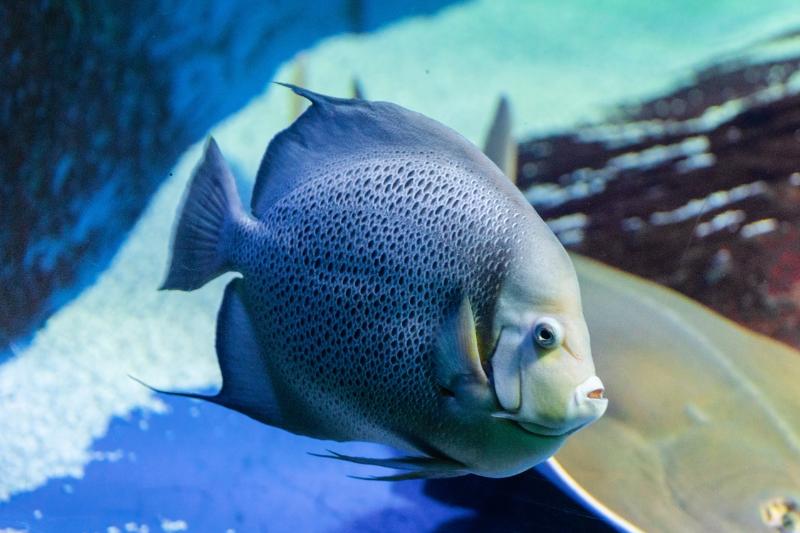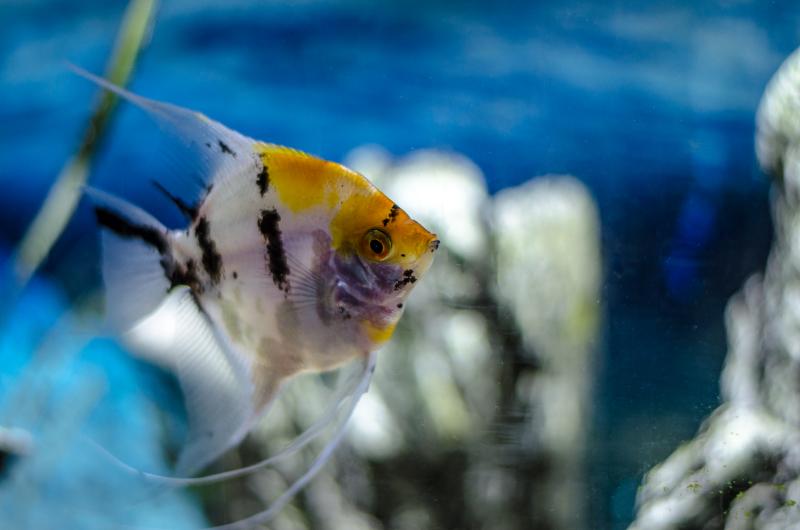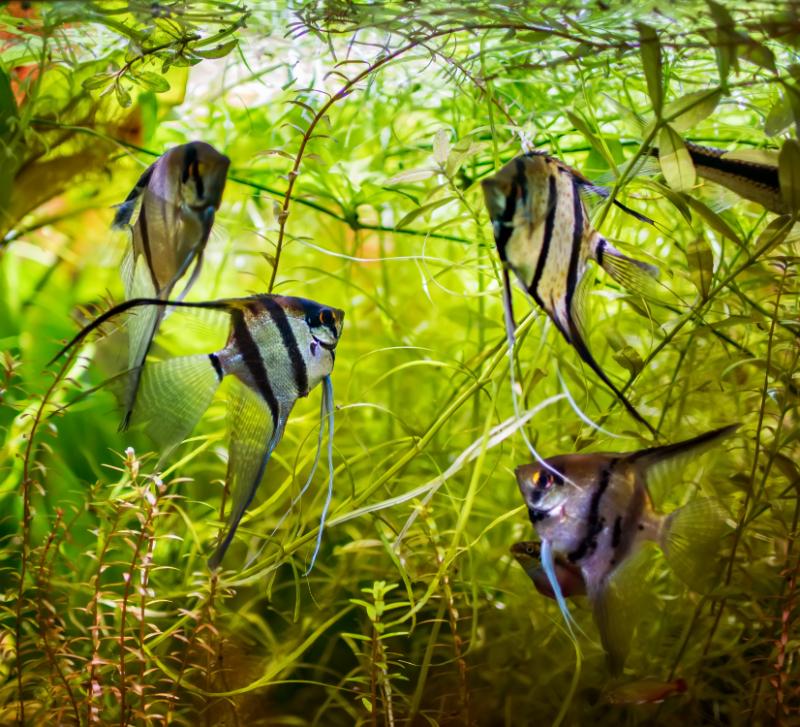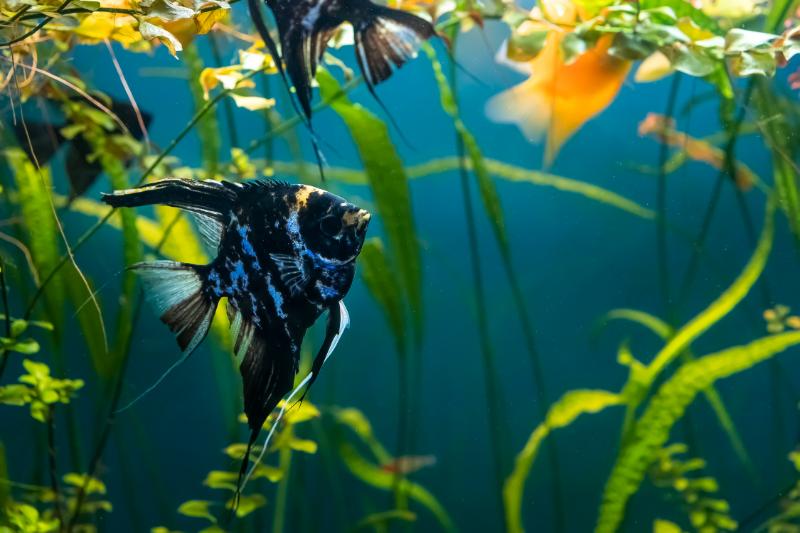For aquatic enthusiasts seeking beauty and splendor in their aquariums, saltwater angelfish rise above the rest. These dazzling denizens of the deep are indeed a sight to behold. However, they call for significant efforts in terms of care and maintenance. Taking up the role of a vigilant and considerate caretaker is paramount to keep these splendid creatures thriving in your aquarium. This comprehensive guide delves into the world of saltwater angelfish and helps you unravel the mysteries of caring for these enchanting sea jewels.
Things to Mull Over Before Bringing Home a Saltwater Angelfish

Angelfish are no ordinary fish. They are prized pieces, closer to living art than simple pets. They need a generous investment of time, money, and care to thrive. This guide emphasizes the importance of comprehensive understanding and preparedness for this long-term commitment.
Feeding Routines to Be Followed for Saltwater Angelfish

Saltwater angelfish have particular eating habits distinct to their species. Not all angelfish are equally easy to manage. Some are choosy eaters, thriving only on a properly varied diet. Be prepared to provide a variety that includes sponge and living rock, supplemented with brine and other marine life for certain varieties. Replacing their natural diet with a substitute may result in loss of color vibrancy, leading to duller hues.
Reasons for Large Tank Sizes
Space is the Key: Optimal Tank Selection for Saltwater Angelfish

Sea angelfish flourish best when they’re provided ample tank space. Considering that a few species could grow up to a foot in diameter, understanding the size of your fish is crucial. A 30-gallon tank could comfortably house a smaller variety, but if you plan on getting several fish, a minimum of a 75-gallon tank is recommended.
Why Water Quality Matters

The aquarium’s water quality greatly impacts your pet’s well-being. Standard quality water is a must-have for these sensitive fish. An adequately set up aquarium and strong power filters play a significant role in maintaining this. Rock and clams are welcome additions to your tank, but do ensure you’re feeding your fish adequately to prevent them from nibbling on these.
Price Factor: How Much Saltwater Angelfish Cost

It’s worth noting that these tropical inhabitants don’t come cheaply. Before plunging into the angelfish sea, you might want to try out other tropical fish. However, if your heart is set on one, make sure you’re fully prepared for the costs associated with owning one. Prices start from around $22 and can go up to $200 or even more depending on the species and quality.